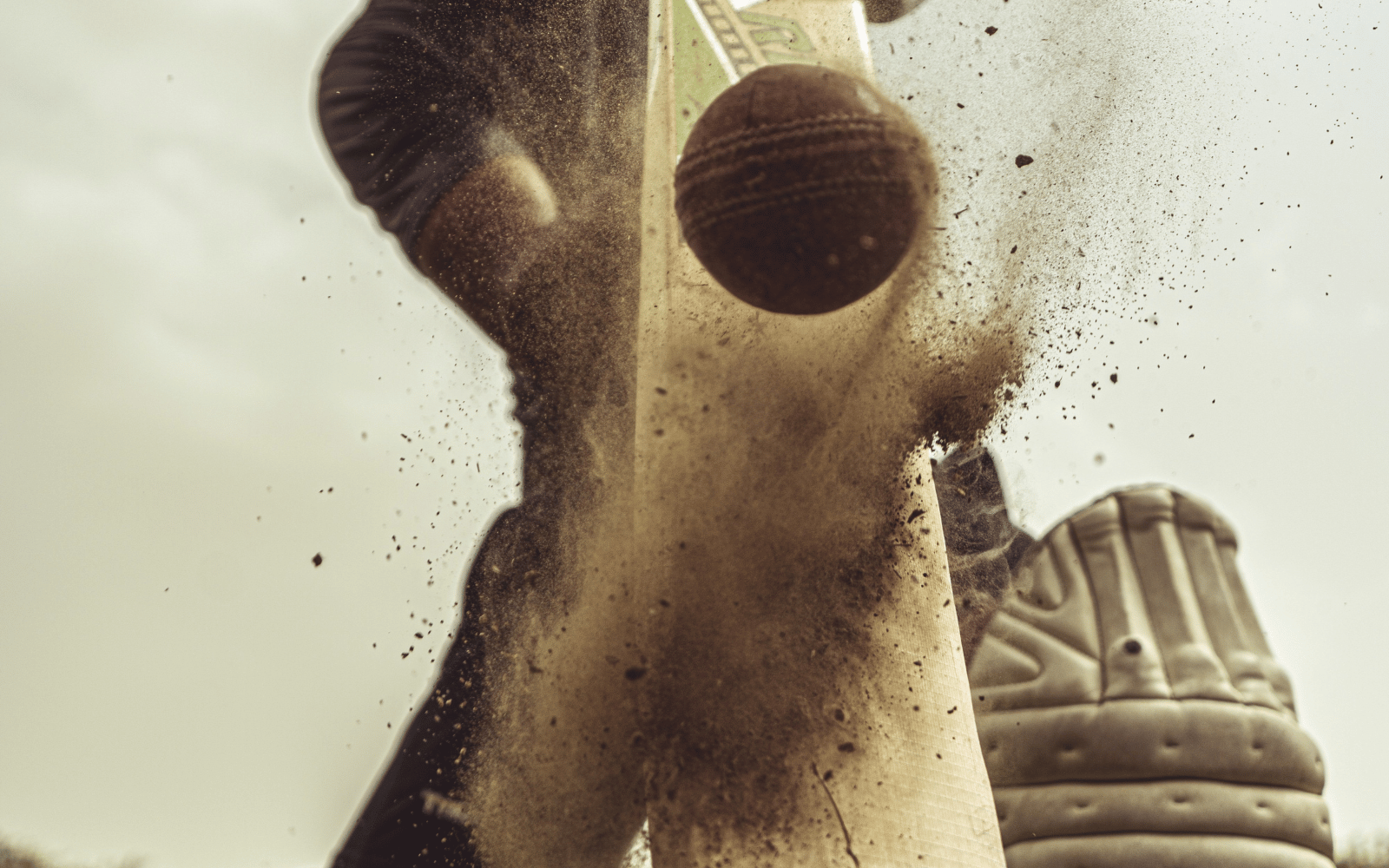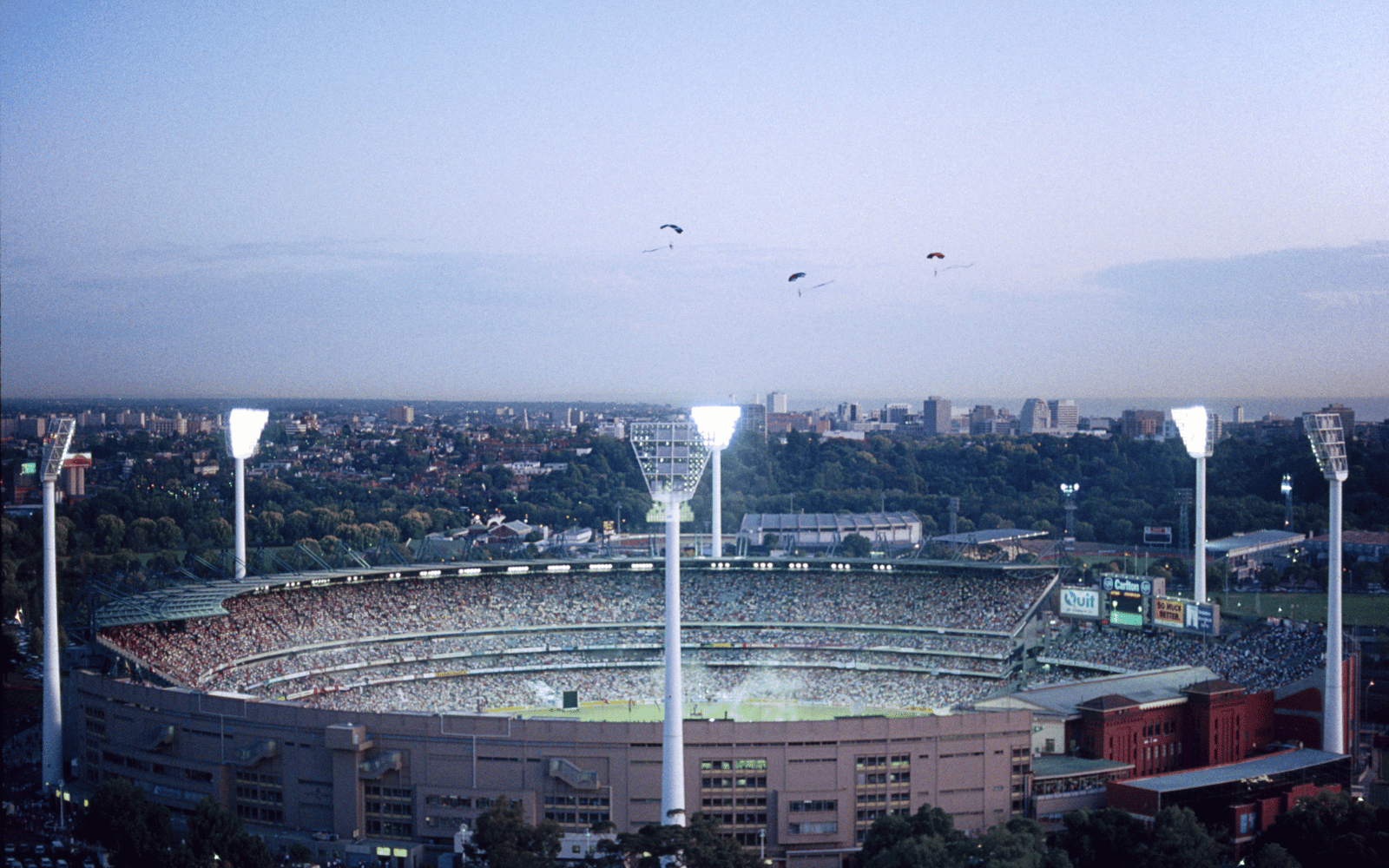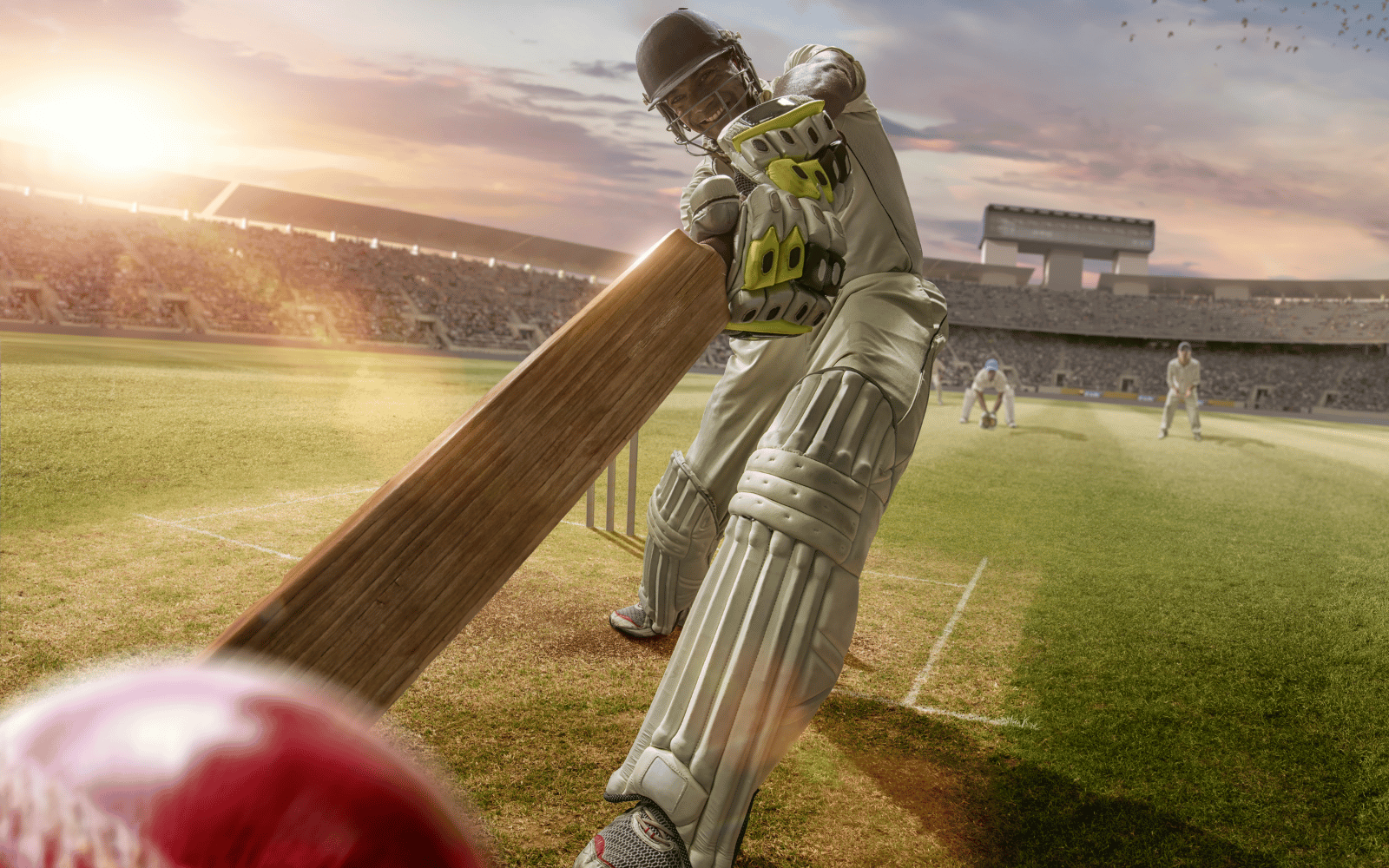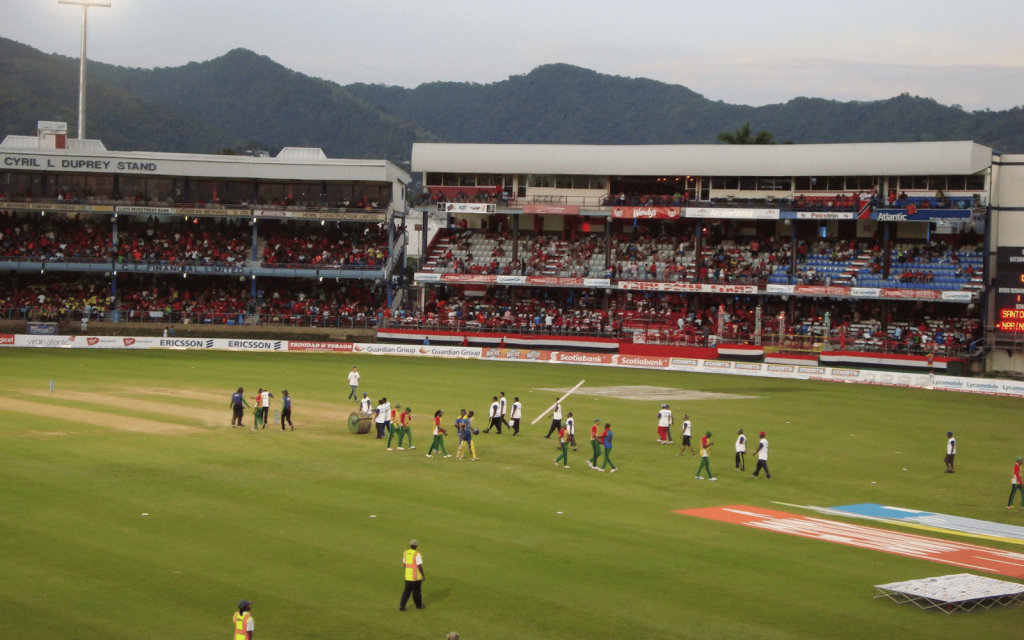Right now, the South African women’s Protea cricket team is competing in the ICC Women’s T20 World Cup. And the team is performing extremely well. If you’re keen on an update, here’s how to watch the matches. SA’s in the final so you should probably check it out.
It’s not surprising that cricket has adopted various types of technology to enhance the experience for both players and fans. It’s become common in many competitive sports around the world. From ball tracking systems to video review technology, many different types of tech are used in cricket today. One of ‘em’s called a Snickometer — no joke.
Not that Hawk-Eye
 This recognisable name has nothing to do with the popular comic book character, unfortunately. We’re talking cricket here. The first piece of tech widely used during cricket matches is a ball-tracking system called Hawk-Eye.
This recognisable name has nothing to do with the popular comic book character, unfortunately. We’re talking cricket here. The first piece of tech widely used during cricket matches is a ball-tracking system called Hawk-Eye.
Ball tracking systems are used to measure the trajectory of the ball as it is delivered by the bowler and travels through the air. This technology is used to determine the path of the ball, its speed, and whether it would have hit the stumps or not. The Hawk-Eye system uses six cameras positioned around the ground to track the ball.
What a Snicko
The unfortunately (or hilariously, we’re not sure which is more accurate) Snickometer is a piece of technology that is used to determine whether the ball made contact with the bat or not. It’s also commonly called a Snicko.
This Snicko is basically a snitch, outing whether the bat hit the ball or not. It uses high-speed microphones positioned around the ground to detect any noise that may be emitted when the ball passes the bat. This tech is used in conjunction with video review tech, which we’ll get into now, to help umpires make more accurate decisions.
That thing we just mentioned
 As with most competitive sports, video review tech is commonly used to help inform decisions that come down to points, red cards, or fouls.
As with most competitive sports, video review tech is commonly used to help inform decisions that come down to points, red cards, or fouls.
In cricket, it’s used to assist match officials in making these decisions. Umpires can go into tiny rooms mid-game to view video replays of incidents during the match, such as close run-outs or LBW decisions. In this case, it’s called the Decision Review System (DRS). It has been a controversial addition to the sport, with some claiming that it’s not accurate. Some additional systems have been introduced since which have made umpires a bit more comfortable using the DRS systems.
We’re stumped
As an additional layer of data that can be used by umpires to make hard decisions, the field is laced with microphones in the ground. These are used to pick up any audio that could be helpful in certain situations during a match.
In addition to helping umpires, this audio is also used by broadcasters to enhance the viewing experience for fans.
On the players
 While the field is thoroughly fitted with tech to help umpires and fans, players are also outfitted with useful tech — the sort we’re all too familiar with.
While the field is thoroughly fitted with tech to help umpires and fans, players are also outfitted with useful tech — the sort we’re all too familiar with.
Wearable technology like smartwatches, heart-rate monitors, and GPS trackers have become increasingly popular in cricket to improve player performance. This technology provides players with data on their fitness levels, workload, and overall performance, allowing them to make improvements and fine-tune their skills. If you’re interested in using a wearable to track your athletic performance, there are a range of options out there.
It’s not surprising that technology has infiltrated every aspect of several competitive sports, including cricket. From ball tracking systems to the trusty smartwatch, the use of technology in cricket has helped enhance the game. Fans of cricket can appreciate the attention to detail that goes into perfecting the game using these tools, especially while watching SA head to the finals of the ICC Women’s T20 World Cup right here in South Africa.




